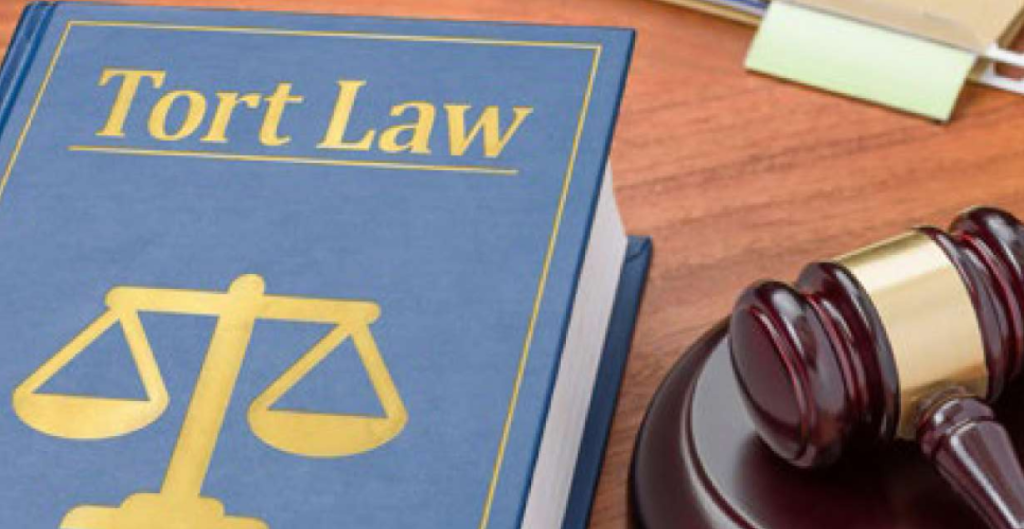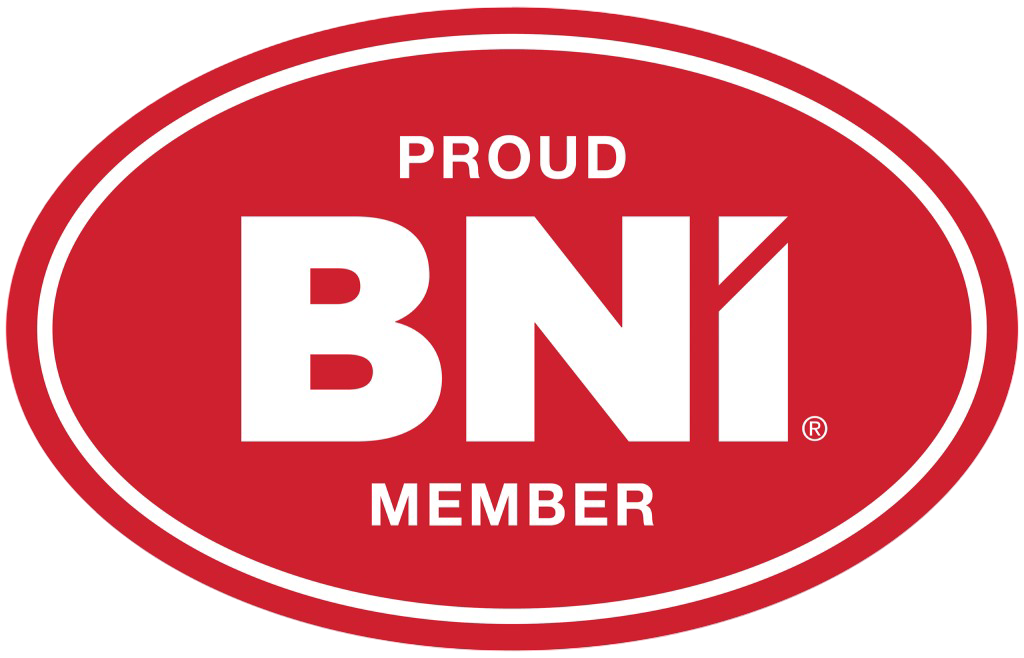This is the fifth article in a series that lights the way to success under Florida Tort Reform’s Section 768.0427. This article is a slight break in the flow of the series to Issue what appears to be a necessary broad reminder to all personal injury attorneys in Florida: Tort Reform is NOT a general cap on damages.
While Subsection (2)(a) limits the amount the jury can award to the amount that was already at the time of trial paid to the provider to satisfy the bill, that subsection will seldom come into play because, by definition, that subsection applies only when the provider’s bills have already been paid. The heart of the statute is Subsection (2)(b), which applies to past medical bills that have not yet been satisfied. That subsection deals with evidence offered to prove the amount necessary to satisfy such bills. Please see Article #3 for detailed statutory analysis.
Here are two examples in the month of September alone wherein a personal injury attorney settled or was about to settle a case at a figure far below value because the attorney did not understand the distinction between Subsections (2)(a) and (2)(b). In all three of these cases, I learned of the mistake when my medical provider client called me to help avoid an interpleader between my client and the attorney
First, an attorney settled a case based on Medicare rates even though the providers had opted out of Medicare. The fact of the opt out meant that the providers did not, and were not required to, submit the bills to Medicare. Because the providers did not submit the bills, Medicare did not pay. Because Medicare did not pay, Subsection (z)(b) – not Subsection (2)(a)-applied. By the plain language of the statute, this meant that the jury could award any amount above Medicare that it found reasonable. The attorney had no reason to accept the claim representative’s offer to settle at the Medicare rate.
Second, an attorney settled a case based on an “approximation” of the health carrier’s reimbursement rate where the provider did have a contract with the carrier and did submit the bill to health insurance. The health carrier, however, denied the claim. The fact of the denial meant that the carrier did not pay.
Because the carrier did not pay, Subsection (2)(b)-not Subsection (2)(a) applied. By the plain language of the statute, this meant that the jury could award any amount above the “approximation” of the carrier’s reimbursement rate that it found reasonable. The attorney had no reason to accept the claim representative’s offer to settle based on the approximation.
Third, a provider performed a procedure that is not covered by Medicare. The attorney settled the case based on the Medicare rate of a “similar procedure” to the one performed. But the fact that the actual procedure was not covered meant that the provider did not, and was not required to, submit the bill to Medicare. Because the provider did not submit the bill, Medicare did not pay. Because Medicare did not pay, Subsection (2)(b) not Subsection (2)(a) – applied. By the plain language of the statute, this meant that the jury could award any amount above Medicare that it found reasonable. The attorney had no reason to accept the claim representatives offer to settle based at the Medicare rate.
It is critical that the personal injury attorneys and medical providers get on the same page. If an attorney settles a case at an amount based upon a non-applicable portion of the statute and the medical provider is aware of that mistake, the medical provider is not going to accept the attorney’s resulting request for an extreme reduction on the bill. The attorney will then have a difficult decision to make based upon his or her ethical obligations to the client/patient, which include the responsibility to protect the client from liens.
The Doctor’s Lawyer, Pllc.
Phone: (813)486-7321
Email: aaron@doclawfirm.com
Website: https://www.doclawfirm.com











